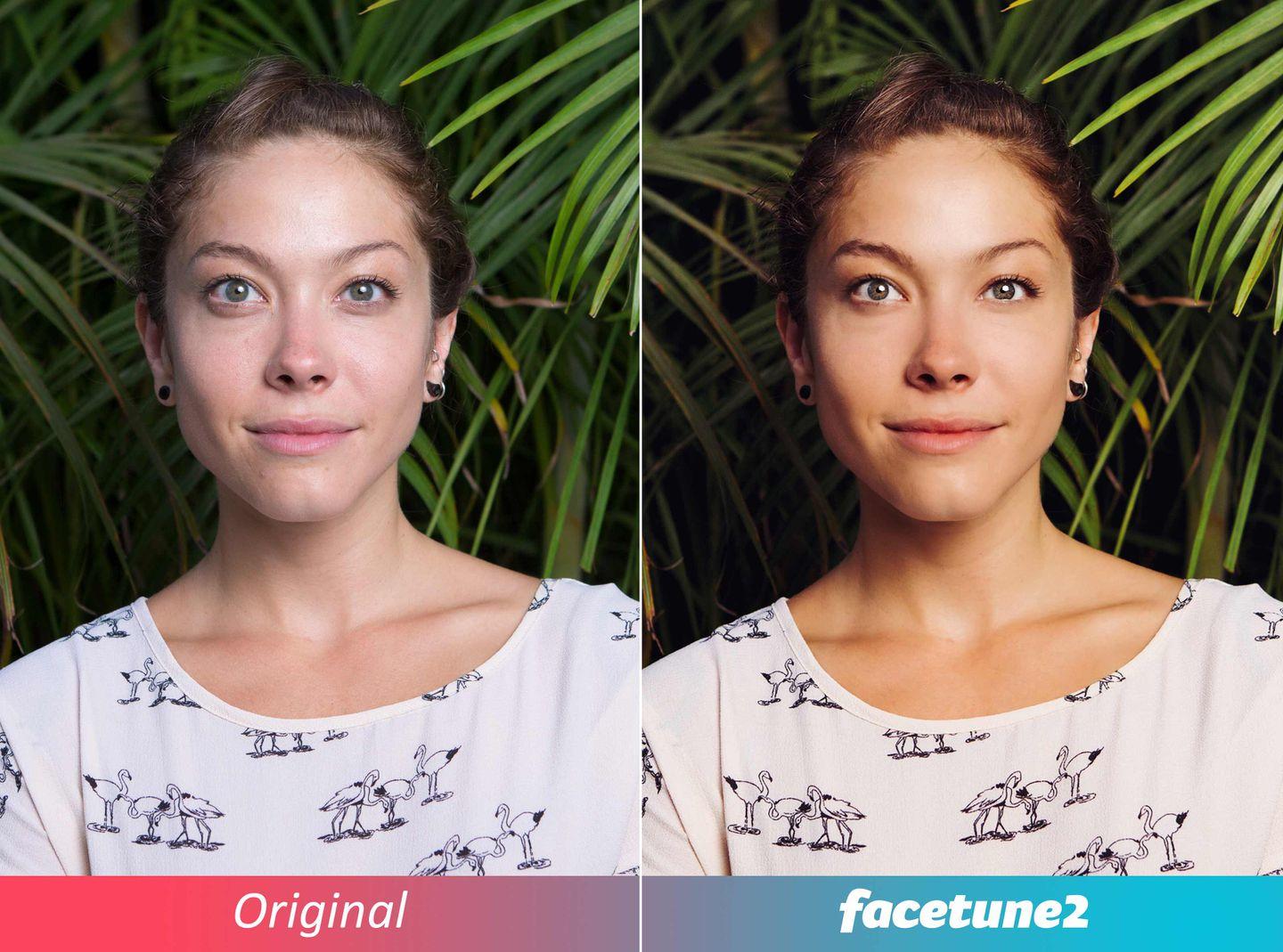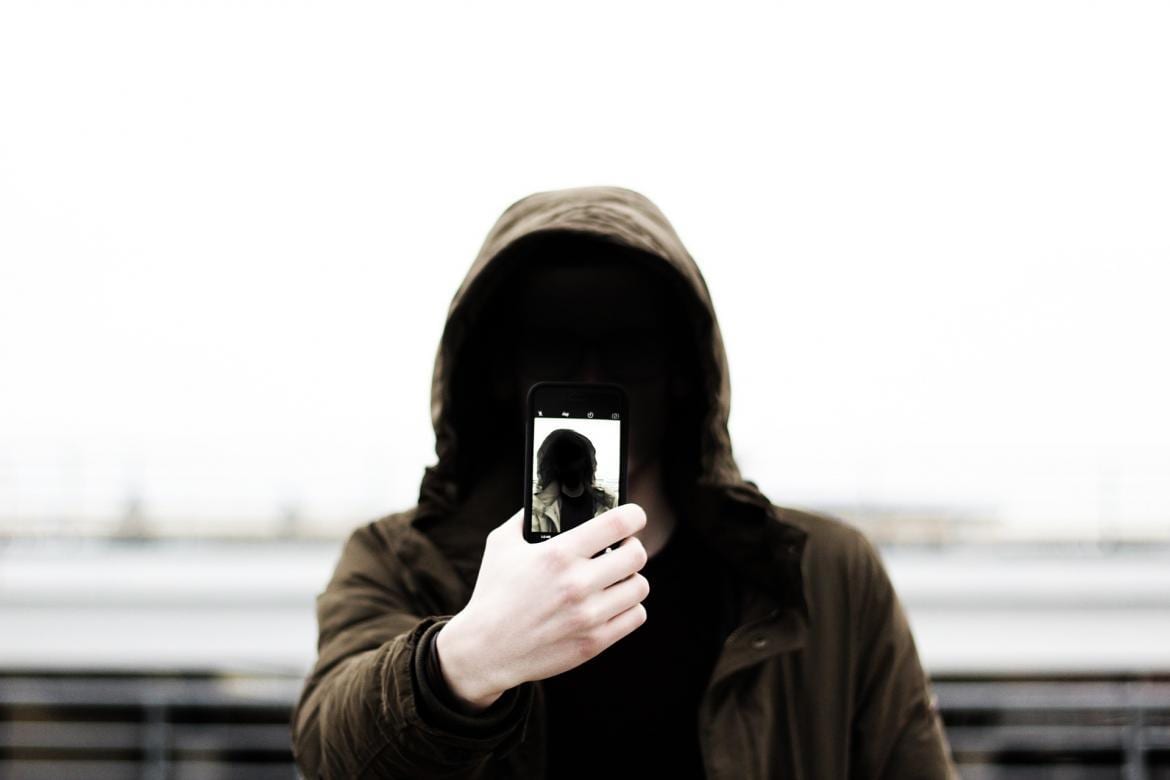Virtual body augmentation is available online. Anyone can change or “improve” their looks with a smartphone. This can come at a cost.
Body augmentation encompasses a wide array of concepts, from plastic surgery modifications to the creation of cyborgs. They all share the same common factor- the intentional alteration and enhancement of the human form for what is circumstantially deemed as “better” or or more appealing.
As modern communities move deeper into the virtual world, a new form of body augmentation is becoming a part of our daily lives – the ability to change your online image quickly, cheaply, and anonymously.
The normalization of “virtual” body augmentation has been building for many years, in several subtle forms – the digital alteration of photos for magazine spreads, promotional ads, and album covers being an example. Younger generations have been exposed to these edited, idealistic pictures of people they commonly look up to for the majority of their adolescent lives, being visually exposed by movies, TV, magazines, and especially the internet. The constant repetition of these artificially perfect images on every media platform imprints a particular mindset, especially on children: this is what someone must look like if they want to be accepted, loved, or successful in life.

This need to perfect the human appearance in visual media has only become more apparent in recent years. A multitude of different editing applications have been created (now downloadable to the phone with the tap of a screen) so that any person can alter pictures with ease. The virtual world is the only place in which people have true control over how their lives are presented to others, revolving around materialistic and fabricated ideals of what is likable and worth following. People focus on creating grandiose, perfect images of themselves, straying further from the truth of who they really are.
In a quest to appear as the most desirable version of themselves, posting online has become less about sharing special moments and more about creating a mirage of a life through edits and filters.
It’s Easy To Edit Yourself with Snapchat & Facetune Filters!
One of the most popular but unassuming forms of virtual body augmentation today is Snapchat. Snapchat is a multimedia messaging app, originally created as a way to communicate between friends by sending unedited live pictures and video. The software has gained a lot of traction since its release, gaining widespread usage among celebrities and common-folk alike. Some of the app’s more recent added features offer a wide array of special filters, all in which modify users’ physical appearance in their pictures and videos in real time.
These filters lean more towards the silly side, giving users puppy faces, face paint, or facial hair. The more serious filters typically make facial changes that reflect modern tastes in “ideal” facial structures. These in-app filters offer the smoothing out of skin tones and textures, the slimming of faces, changes in nose and eye shapes, and making lips appear plumper. It doesn’t stop there- some of the filters can even change someone’s gender, or enact extreme age changes. These enhanced photos can be downloaded and used across various other social media apps as profile pictures or posts. This has the effect of making the majority of online users accustomed to seeing altered versions of themselves. While Snapchat takes a more lighthearted approach towards augmenting one’s physical appearance, other apps such as Facetune can make more photorealistic changes.
Facetune is a premium ($6) mobile editing app that allows users to edit, enhance, and retouch their photos. Its features are akin to Adobe Photoshop, maintaining high quality and believability while still being packaged into a simple and fairly priced phone app. There are a plethora of editing tools available within the app – teeth whitener, detail enhancer, red eye repairer, acne patcher- the list goes on and on. One of the most notable features, however, is the reshape tool. The reshape tool allows the user to reshape their image in an extremely realistic way, whether it be enlarging cleavage or body muscle, slimming out extra body fat, altering nose shapes, contouring facial structures, removing double chins, or increasing height. This tool gives users free range to create an almost “perfect” version of themselves, and with a skilled hand it can go completely unnoticed that the picture was even edited at all.
How Public Figures Set the Standard for Virtual Body Augmentation
In a world centered on the concept of “image,” edited and enhanced pictures create warped expectations about the human body. Editing out common human features such as stretch marks, body fat, and blemishes sets a new standard for perfection, and changes standards of normality. It sends out a devastating message that whoever has these deviations from the norm should view them as something that needs to be fixed, rather than just a part of being human.
Celebrity posts play a large role in the way we view ourselves and our bodies. When they augment their pictures and remove their flaws, it only encourages insecurities and the need for unattainable changes. It creates a domino effect in the public, influencing others to edit their own pictures to try and meet these unrealistic standards. In some cases, trying to achieve these levels of perfection and flawlessness can lead to poor mental health, dangerous life habits (e.g. unhealthy eating and exercise patterns), and even plastic surgery in itself. Photo manipulation has become so common online, idols such as Beyonce, the Kardashians, Lindsay Lohan, Ariana Grande, have all been caught posting edited photos across social media platforms. It has become so normalized that there are hundreds of comedic articles online pointing out “Photoshop fails” in celebrity pictures. One of the easiest ways to tell when a photo’s been altered is by looking at the background. Tell tale signs of manipulation are blurred out surfaces, or curved walls and floors that were accidentally contorted in the edited process, typically occurring when someone tries to alter the size of their waist, legs, arms, or butt.

Virtual Augmentation Redefines Art
Photo editing apps aren’t just used to alter body shapes or facial blemishes. Apps like Facetune can also be used to edit the appearance of hair and makeup. Back in 2017, makeup artist Hung Vanngo posted a picture of Selena Gomez after styling her look for an event. Shortly after it was posted, many fans noticed how the wall next to Gomez’s face was oddly curved from its original straight shape, revealing the fact that MUA Vanngo had edited Gomez’s hair to give it more volume and curl before posting.
This is a recurring controversy within the beauty community – pushing boundaries and raising questions of what can be considered “art” when it comes to creating makeup looks and hairstyles. Does creating “real” hair and makeup looks, versus posting edited versions deserve two different types of praise? Does editing makeup and hair looks even count as a form of art at all? Another more recent example happened with beauty guru James Charles.
His post led people to believe that this was a makeup look he had created with his own hands and products – he “liked” comments complimenting how clean he was able to make the logos appear on his eyelids. However, after some skeptical onlookers searched through the internet, people began to realize that the Yves Saint Laurent logos were actually a premade template Charles had downloaded from the internet and Photoshopped onto his eyelids. It was not a part of the makeup look he did at all, and had simply been edited in to look that way.
After many people called him out on it, Charles finally admitted to editing the photo and claimed he never said he did the logos himself. To many online viewers, this raised some alarm bells; if no-one had caught him, Charles would have passed off this makeup look as one of his own.
James Charles has been very open in the past about using applications like Facetune to enhance his makeup looks and contour his facial features, which is why it was suspicious to many that the photo was edited without comment. The public consensus is that he should have included in the post’s original caption that the photo had been edited in to avoid confusion and feelings of deception.
Virtual body augmentation has come to the forefront of self representation on the modern internet. It has become commonplace for users to seek personal validation through follows, likes, and comments within social media. This can be harmful if it takes the place of actual self fulfillment through the improvement of bodies and minds; people can ignore their personal health in the quest for online perfection. The Facetune/Snapchat zeitgeist may just represent the tip of the spear when it comes to options for changing image. With emerging technology that allows online users to change voice and video, it’s only a matter of time before it becomes possible to become a completely different person online in real time.

